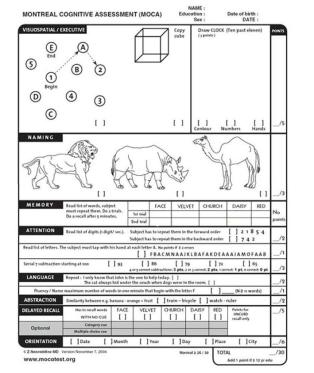 Recently I had a scary event. I had a minor stroke. Luckily I’m fine and with certain changes I should be able to avoid another one. I wasn’t allowed to drive however until I had fully recovered and was able to pass a cognition test. When I went to take the test with my family doctor I discovered something that really concerns me.
Recently I had a scary event. I had a minor stroke. Luckily I’m fine and with certain changes I should be able to avoid another one. I wasn’t allowed to drive however until I had fully recovered and was able to pass a cognition test. When I went to take the test with my family doctor I discovered something that really concerns me.
I’m dyslexic and certain types of questions on the test were difficult for me. The doctor told me 5 numbers and asked me to remember them in the correct order. I can’t write someone’s phone number down correctly let alone retain 5 numbers. I asked her to repeat them 2 or 3 times and with great effort, I was able to recall them. Next I was given 3 numbers and told to say them backwards. More effort. She gave me a verbal list of things and asked me to repeat them in order. I can’t hang on to a person’s name and am constantly embarrassed after being introduced to people! Then my doctor said 2 long sentences and asked me to repeat them. I can’t remember accurately the names of books I’ve written and depend on copy/paste. Aaarghh!
Another issue for Dyslexics is Irlen’s Syndrome which causes visual distortions when looking at white backgrounds such as paper, whiteboards and computer screens. Research shows roughly 40% of Dyslexics and 20% of the general population experience Irlen’s to varying degrees . Also, after a brain injury Irlen Syndrome can become an issue and a person doesn’t realize it. I imagine Irlen’s could also affect people’s ability to get through one of these cognitive tests and be allowed to drive again.
Fortunately as a dyslexia consultant and tutor, I’ve learned techniques to recall this type of information but it was difficult. I also have Irlen’s moderately but was able to pass this test and get the right to drive again.
I started to think about this required test to drive again and wondered what happens to other dyslexics or those suffering from Irlen Syndrome who have a stroke or other brain injury. What can a person do if they have recovered and can drive but can’t pass these cognition tests due to dyslexia or Irlen’s issues and don’t know to point this out to the doctor testing them?
Something to think about.
For suggestions and accommodations for children struggling with retaining words and improving their reading fluency, I invite you to check out my book “14 Steps to Teach Dyslexics how to Spell and Read” http://www.dyslexiavictoriaonline.com/14-steps-to-teach-dy…/


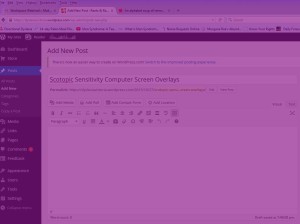

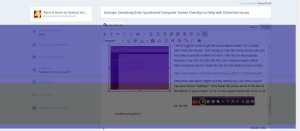




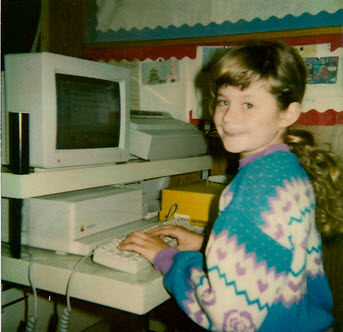
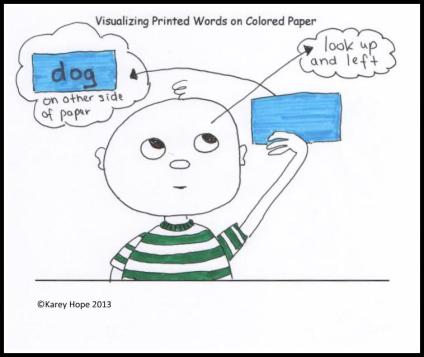
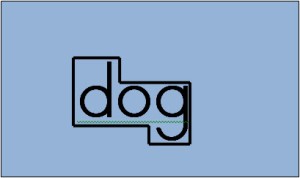
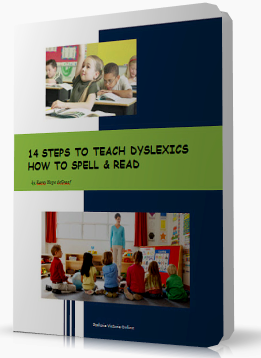
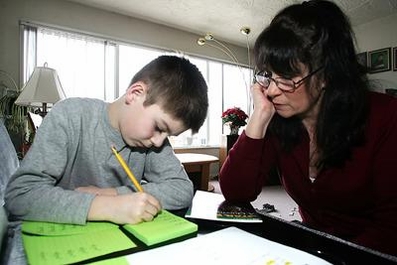





 I had a recent post on my facebook about fonts that are becoming available that have been developed for the Dyslexic reader. Wow! Like we used to say in the 70’s -“What a concept!”
I had a recent post on my facebook about fonts that are becoming available that have been developed for the Dyslexic reader. Wow! Like we used to say in the 70’s -“What a concept!”




